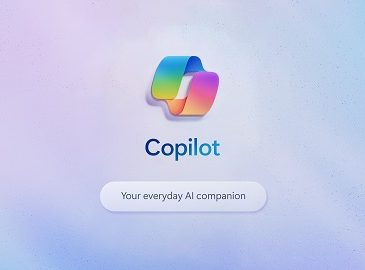Stanford University has been a hub for ground-breaking research and innovation. In keeping with this tradition, the university has introduced a new AI model named WALT that is capable of converting images or text into photorealistic videos. This technology is pushing the boundaries of what we thought possible in video generation.
The capabilities of this tool are indeed impressive, with preview clips showcasing dragons breathing fire, asteroids colliding with Earth, and unicorns strolling on a beach.
A significant advancement made by the Stanford team behind WALT is its exceptional ability to generate consistent 3D motion from an object based on a natural language prompt. This feature sets it apart, making it a pioneering tool in the field of AI video generation.
The challenge of creating videos from images or text represents a considerable frontier in technology. It’s not merely about stringing together a series of images. Each frame has to logically follow its predecessor to create a sense of fluid motion. The complexity of this task underlines the ingenuity of WALT, opening up new possibilities for AI applications in video generation
Unique Features of WALT
What sets WALT apart from other models is its unique ability to create consistent 3D motion from a natural language prompt. The tool is designed to transform static images or text into videos with fluid motion. Imagine the possibilities – you could potentially create a moving scene from just a single image or a textual description!
We introduce W.A.L.T, a diffusion model for photorealistic video generation. Our model is a transformer trained on image and video generation in a shared latent space. ???????? pic.twitter.com/uJKMtMsumv
— Agrim Gupta (@agrimgupta92) December 11, 2023
WALT’s Technology, Training, and Technique
WALT employs a sophisticated algorithm trained using both photos and video clips. This dual training method allows the model to understand and replicate motion in a more nuanced way. The technology is based on three models for image and video generation, which work together to produce realistic motion.
Agrim Gupta, the researcher behind WALT, has shared that the model was trained using both still photographs and video clips housed within the same latent space. This simultaneous training across multiple media types endowed the model with an enriched understanding of motion from the get-go.
Designed for scalability and efficiency, WALT demonstrates cutting-edge results in image generation across three different models encompassing both image and video. This design allows for an enhancement in resolution and the maintenance of consistent motion.
In a collaborative writing piece, Gupta and his team acknowledged the significant strides made recently in generative modeling for images. However, they noted that advancements in video generation have not kept pace. Gupta is confident that a unified framework for both image and video will help bridge this gap in generative modeling.
Comparing WALT with Other Models
While WALT offers superior quality in terms of 3D motion, it does have some limitations when compared to models developed by Runway and Pika Labs. For instance, its resolution and frame rate are lower than these competitors.
WALT starts with 128×128 pixel clips, which are then upscaled to 512×896 at 8 frames per second (fps). This is somewhat modest when compared to the higher resolutions and frame rates offered by Runway and Pika Labs.
Towards Greater Scalability and Efficiency
Despite these limitations, the team behind WALT is optimistic about its potential. The focus now is to scale the model further, with an emphasis on achieving higher resolution and more consistent motion. The goal is not just to match the competition but to surpass them in terms of both quality and efficiency.
Research and Development
It’s important to remember that WALT is a research model and still in its developmental stages. Although it currently produces lower resolution outputs compared to some commercial models, the potential for scaling and enhancing the technology is immense.
The team at Stanford University is committed to refining WALT and unlocking its full potential. The future of AI video generation is promising, and with tools like WALT, we are one step closer to transforming the way we create and consume video content.
Get ready to dive into a world of AI news, reviews, and tips at Wicked Sciences! If you’ve been searching the internet for the latest insights on artificial intelligence, look no further. We understand that staying up to date with the ever-evolving field of AI can be a challenge, but Wicked Science is here to make it easier. Our website is packed with captivating articles and informative content that will keep you informed about the latest trends, breakthroughs, and applications in the world of AI. Whether you’re a seasoned AI enthusiast or just starting your journey, Wicked Science is your go-to destination for all things AI. Discover more by visiting our website today and unlock a world of fascinating AI knowledge.





